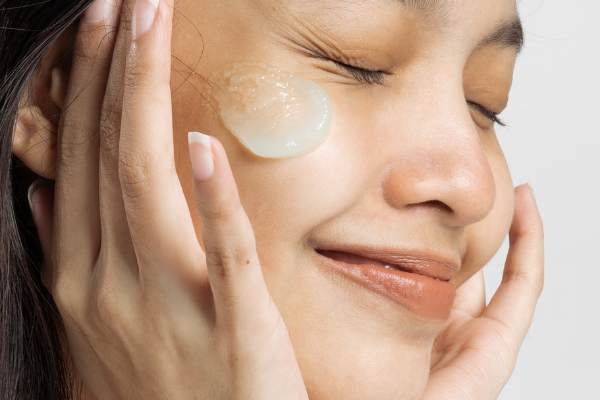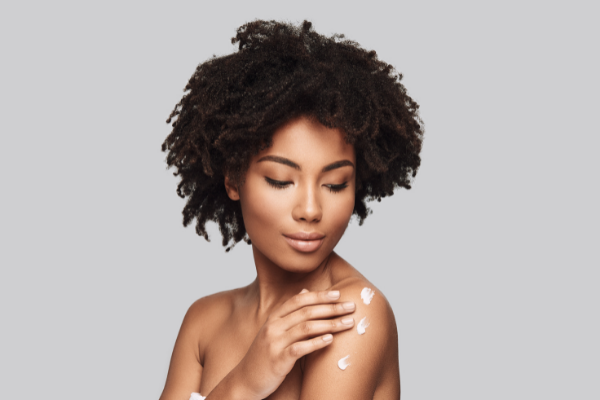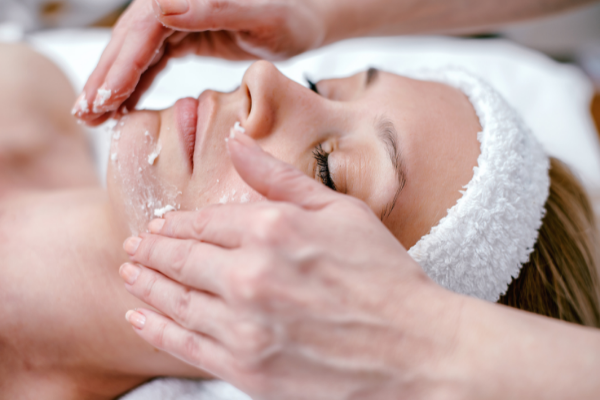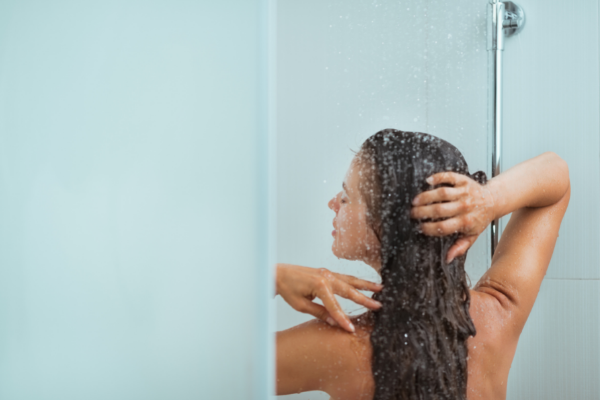You have been following a moisturising routine but still are not seeing results? Maybe you are missing out on some points. Moisturising is an essential part of the skincare routine. It helps hydrate your skin and makes it soft and supple, but not following a proper moisturising routine can be ineffective.
For a successful moisturising routine, you should choose the correct moisturiser, a suitable frequency and correct application, among others. We’ve covered it all in this article to help you get the perfect moisturising routine to keep your skin glowing, so let’s dive right into it!
Choose the Correct Moisturiser.

Choosing the right moisturiser is very important for effective results; you should choose the best moisturiser that is compatible with your skin type and satisfies your skin’s needs.
To help make the job easier for you, we have suggested the moisturisers you should use for different skin types-
- For normal skin – choose a light, non-greasy moisturiser that can sit on your skin comfortably without clogging the pores. A moisturiser with SPF will be preferable for daily use.
- For oily and acne-prone skin- look for non – comedogenic moisturisers as you dont want it to be blocking your pores, leading to more acne. Go for something light and non-oily so that it does not add to the oil concentration on your skin.
- For sensitive skin- Before deciding on a moisturiser, look at the ingredients used and go for one that does not have added fragrance or contains any ingredient that you know will cause your skin to react harshly.
Sensitive skin is prone to infections; hence go for something hypoallergenic. Consulting a dermatologist can also be a good option.
- For dry skin- if you have dry skin, go with the mantra-The thicker it is, the better, as your skin requires as much moisturisation as it can get. Go for a moisturiser that is richer in ingredients and prefer ones with added glycerine or hyaluronic acid, as these will help hydrate your skin and keep it soft.
note-You should always buy moisturisers with at least an SPF 30; finding one with retinol is an added benefit.
Set Correct Moisturisation Frequency

Different skin types require the application of moisturisation at a different frequency. As a rule, you should always try moisturising your skin at least twice a day, once in the morning after you cleanse your skin to keep you moisturised all day and once before you sleep to help give your skin hydration boost while your skin repairs itself.
It would be best to always moisturise after you cleanse your skin to restore the lost moisture.
Another factor to consider is the weather; during winters, your skin gets dry faster as it loses hydration rapidly; hence you should increase the frequency of moisturisation. While in the monsoon, you can reduce it a bit as the weather turns humid, during dry summer months again rake up on the moisturisation.
You are the best judge for your skin; experiment and find out which frequency suits your skin the best and follow it for a healthy moisturisation regime.
Don’t Skip any Body Part.

Moisturise all parts of your body and do not miss out on parts like your neck or feet, or these areas will turn dry and lead to flaky skin. Dedicate time to your moisturisation, and take the time you rub the moisturiser all over your body correctly.
You can also use face rollers or body rollers to do this; this will help evenly spread the moisturiser and massage your skin, helping increase blood flow and improve nutrient supply to your skin.
Dont forget to moisturise your lips while moisturising your body; choose a good lip balm that suits your lips and keeps them hydrated to have soft, supple lips all day long!
Follow a Good Diet.
Working on your skin externally is fine, but the best results come out when you nourish it from the inside. Eat foods that will help hydrate your skin—stock up on foods like watermelons that are filled with water.
Eating fruits when they are in season helps keep your skin healthy, so mangos in the summers and strawberries in the winter!
Drink enough water; you should drink at least two litres of water each day to help keep your body and skin replenished. Keep a bottle of water near you at all times to help keep you reminded.
Follow an Excellent Exfoliating Routine.

Exfoliating is important to keep your skin feeling and looking healthy. Exfoliating your skin helps rid it of the dead skin cells, unclog pores, and promotes the growth of new skin cells. Make sure you follow a good exfoliating routine, once a week at least, that is followed by moisturisation.
Use Clean Fingers and Materials.
Use clean fingers or rollers while applying moisturiser to prevent contamination and infections. It is also a good practice to apply moisturiser after you have cleansed your skin. Applying it after a bath will be the best time to moisturise your skin.
Take Shorter, Colder Showers.

Long baths and excessively hot water can strip the skin of its natural oils and leave it feeling dry and uncomfortable. While taking a bath, use lukewarm water and cut down the amount of time you spend in the bathroom to help your skin stay moisturised.
Use Fragrance-Free Detergents
You should choose the detergents you use with care as your clothes have the maximum contact with your sin .choose a detergent that does not have chemicals and is low on fragrance to prevent making your skin dry.
FAQs
Q. Do I need to follow a 12 step skincare routine?
In contrast to whatever the beauty bloggers say, you dont need to have elaborate twelve-step routines. A simple routine that addresses all your skins need will work fine, if not better. You can end up having 1-2 steps in your skincare routine, but as long as it works for your skin, it’s best.
Q. What is the difference between a serum and a moisturiser?
The primary difference can be made on their consistency; while serums are thinner and of watery texture, moisturisers are thick cream-based.
You May Like to Read:
Best Moisturizing Face Creams For Acne-Prone Skin
Best Natural Moisturizer For Oily Skin
Conclusion
Moisturisation is an integral part of your skincare routine and should not be skipped. Choose a moisturiser that fits your skin the best, follow a good moisturisation frequency and consume a good diet.
Keeping your skin hydrated is not a tough nut to crack, and now armed with the tips mentioned in this article, you will be able to keep your skin moisturised and healthy!
Tell us in the comments which point you found most helpful!


